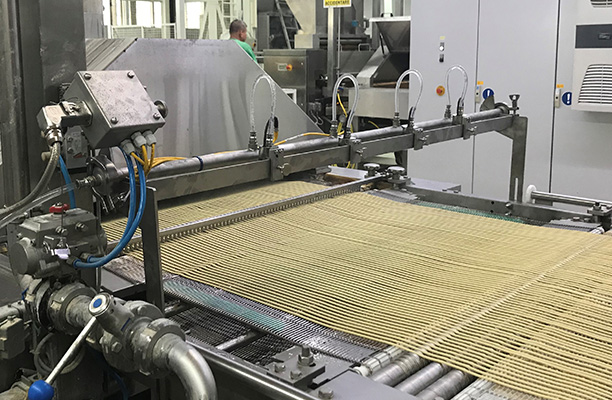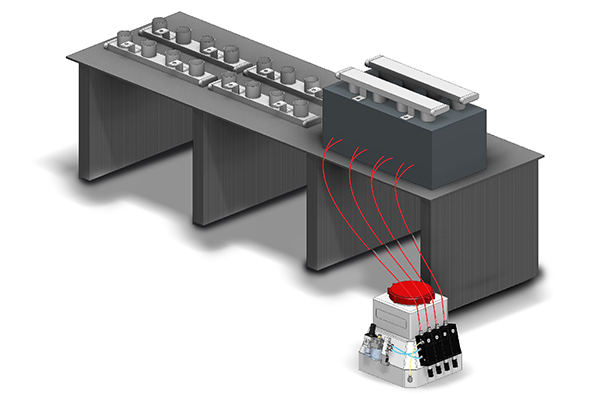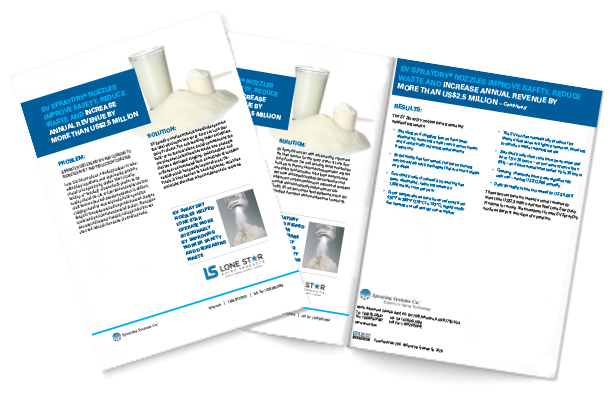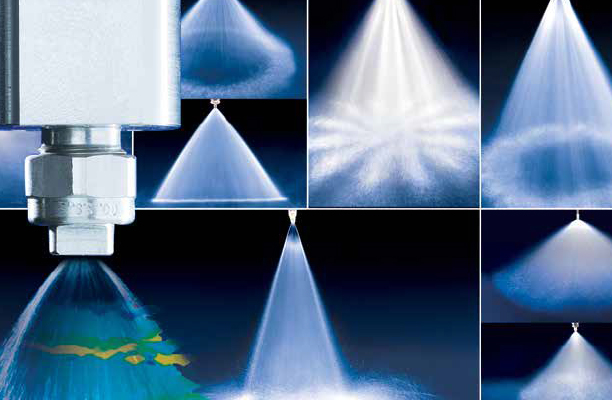Reduce use, consumption, waste and risk
Ways to operate more sustainably
Reduce use, consumption, waste and risk
Ways to operate more sustainably
Improving operating sustainability is good for the environment, workers and the bottom line. Making incremental gains may be easier than you think.There are many changes that can be made that won't affect your process/product quality and can be implemented without impacting production. Here are just a few strategies to consider.









